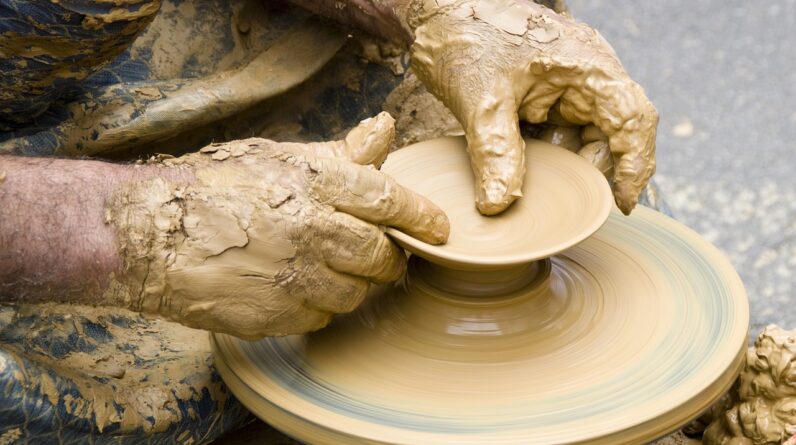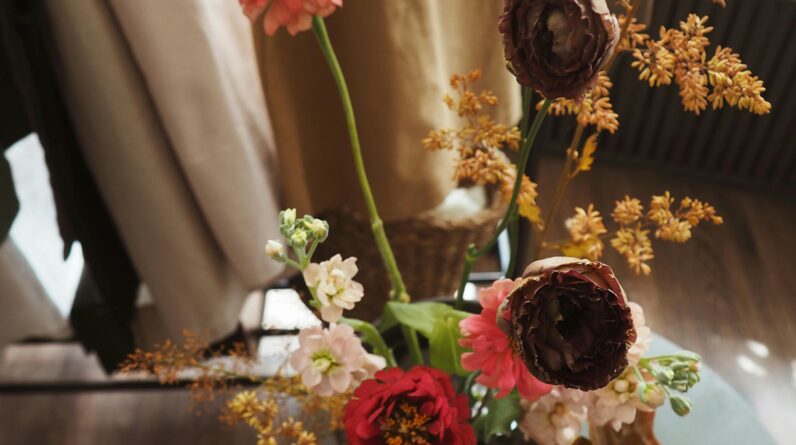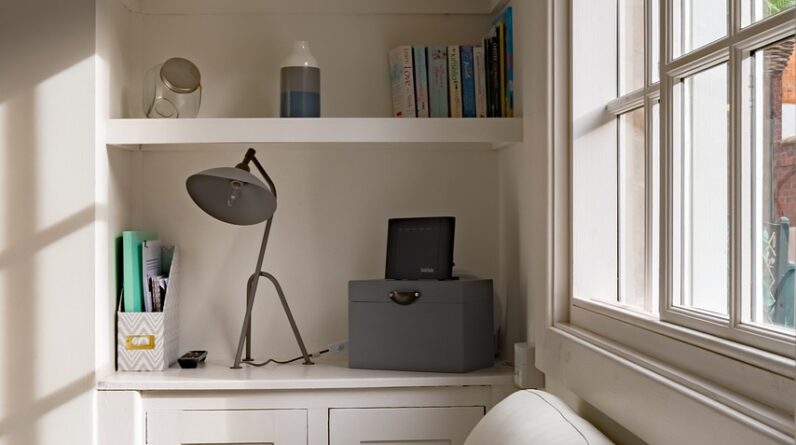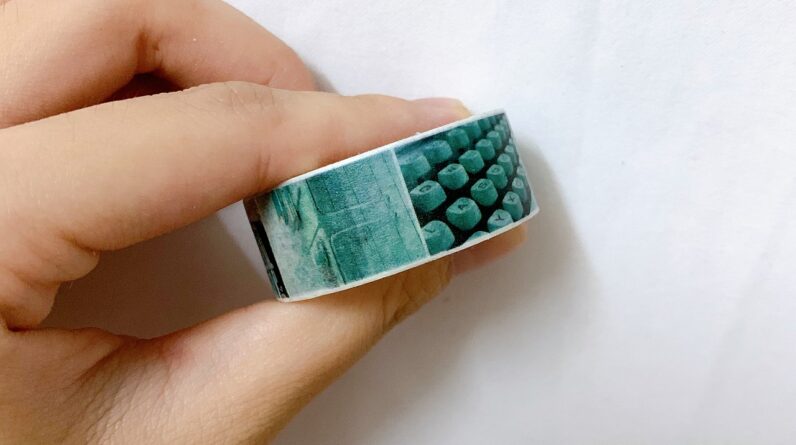
In “Crafting with Clay: Simple Pottery Projects,” we explore the delightful world of pottery, guiding us through the basics of working with clay and teaching us how to create beautiful, functional pieces with our own hands. Together, we’ll embark on a journey that takes us from rolling out our first slab to mastering simple techniques, making projects easy and enjoyable for everyone. Whether we’re shaping a charming mug or a delicate bowl, we’ll find joy in the tactile experience of molding and refining our creations. Let’s dive into this creative adventure and discover the satisfaction of crafting unique, handmade pottery.
Have you ever found yourself fascinated by the endless possibilities that a lump of clay holds? We certainly have, and we believe there’s something magical about transforming a simple block of clay into a functional or decorative piece of art. Crafting with clay allows us to express our creativity and can be a relaxing, almost meditative process. Today, we’re excited to guide you through some simple pottery projects that you can do at home, even if you’re new to the world of clay.
Understanding the Basics of Clay
Before we dive into our projects, it’s crucial to understand the different types of clay and basic tools you’ll need.
Types of Clay
Choosing the right type of clay is essential for your project. Here are the main types you’ll encounter:
| Type of Clay | Description | Ideal For |
|---|---|---|
| Earthenware | Low-fire clay, fires between 1830°F – 2010°F. Red or white color. | Beginners, decorative items |
| Stoneware | Mid to high-fire clay, fires between 2100°F – 2370°F. Durable and non-porous. | Functional wares, tableware |
| Porcelain | High-fire clay, fires between 2200°F – 2500°F. Very smooth and white. | Detailed and delicate pieces |
| Air-Dry Clay | Doesn’t require kiln firing, dries in air. | Quick and easy projects |
Essential Tools
Having the right tools can make a world of difference in your clay crafting journey. Here’s a list of basic tools you might need:
- Clay Cutting Wire: Useful for slicing lumps of clay and removing pots from the wheel.
- Needle Tool: Perfect for scoring, cutting, and detail work.
- Wooden Modeling Tools: Handy for shaping and smoothing clay.
- Loop Tools: Ideal for hollowing out and shaping clay bodies.
- Sponge: Great for smoothing surfaces and adding moisture.
Simple Pottery Projects to Get Started
Now that we’ve covered the basics, let’s move on to some simple projects. These are specifically chosen to be beginner-friendly but still rewarding to complete.
1. Clay Pinch Pots
Pinch pots are a fantastic starting point for beginners. They are made by pinching a ball of clay into a pot shape using your fingers.
Materials Needed:
- Soft clay (recommended: earthenware or stoneware)
- Sponge
- Water bowl
Steps:
- Take a small ball of clay, about the size of a tennis ball.
- Press your thumb into the center to create a well.
- Slowly turn the clay in your hand and use your thumb and fingers to pinch the walls outward, forming the shape of your pot.
- Smooth the surface with a damp sponge.
- Let your pinch pot dry completely before firing in a kiln.
2. Coil Pots
Coil pots are another great project for beginners. This method involves rolling long coils of clay and stacking them to create vessel shapes.
Materials Needed:
- Clay
- Rolling pin
- Slip (a mixture of clay and water)
- Scoring tool
Steps:
- Roll out a base for your pot using a rolling pin.
- Roll long coils of clay about the thickness of a pencil.
- Score the base where the first coil will go, apply slip, and press the coil into place.
- Continue scoring and adding coils, smoothing the interior and exterior surfaces with your fingers or a modeling tool.
- Allow your coil pot to dry completely before firing.
3. Slab-Built Planters
With a bit more practice, move on to slab building to create functional pieces like planters. This technique involves rolling out slabs of clay and joining them together.
Materials Needed:
- Clay
- Rolling pin
- Ruler
- Needle tool
- Slip
- Scoring tool
Steps:
- Roll out slabs of clay to an even thickness.
- Cut the slabs into shapes that will form the sides and base of your planter.
- Score and slip the edges of the slabs, then press them together.
- Smooth all seams with a damp sponge.
- Allow your planter to dry fully before firing.

Advanced Techniques for the Ambitious Potters
Feeling confident with the basics? Excellent! Let’s explore some advanced techniques you can try once you’re comfortable.
1. Wheel Throwing
Wheel throwing is the iconic pottery-making process you’ve likely seen in movies. It requires a pottery wheel but can produce beautiful, symmetrical forms.
Materials Needed:
- Pottery wheel
- Clay
- Bat (a detachable surface for your wheel)
- Sponge
- Needling tool
- Wire cutter
Steps:
- Center a ball of clay on the wheel.
- Use your hands to shape the clay while the wheel spins.
- Open the center by pressing down with your thumbs.
- Pull the walls up and shape your pot.
- Trim the base with a needle tool and cut it off with a wire cutter.
2. Sgraffito
Sgraffito is a decorative technique where the surface layer of clay is incised to reveal a different color beneath.
Materials Needed:
- Pottery piece (leather-hard stage)
- Underglaze or slip
- Brushes
- Sgraffito tool
Steps:
- Apply a layer of underglaze or slip to the leather-hard pottery piece.
- Use a sgraffito tool to carve designs into the surface, exposing the clay underneath.
- Allow the piece to dry fully before firing.
3. Slip Casting
Slip casting uses liquid clay poured into molds to create multiple identical pieces. This technique is perfect for creating sets or complex shapes.
Materials Needed:
- Slip (liquid clay)
- Plaster mold
- Brush
Steps:
- Pour slip into the plaster mold.
- Allow it to sit until a solid shell forms on the mold’s inside.
- Pour out the excess slip.
- Let the cast piece dry, then remove it from the mold for further refining and firing.
Glazing Your Pottery
Once your pieces are formed and fired, it’s time for glazing. Glazing not only adds color but also makes your pottery waterproof and food-safe.
Types of Glazes
| Type | Description | Best for |
|---|---|---|
| Glossy | Shiny and smooth surface | Tableware |
| Matte | Non-shiny, smooth but not reflective | Decorative items |
| Satin | Slight sheen, between glossy and matte | Versatile, functional |
| Textured | Adds depth with a rough feel | Artwork, non-functional |
Glazing Techniques
Dipping: Dip your pottery into a bucket of glaze for an even coating.
Brushing: Use a brush for more detailed, precise application.
Pouring: Pour the glaze over your piece for a smooth, even finish.
Spraying: Use a spray gun for an even coat, often used for larger items.
Firing Your Glazed Pottery
The final step in pottery making is the glaze firing. This permanently fuses the glaze to your pottery, completing the transformation from raw clay to a finished piece.

Troubleshooting Common Issues
Even with the best intentions, sometimes things don’t go as planned. Here are some common issues and tips on how to avoid them.
Cracks in Clay
Cracks occur due to uneven drying or improper handling of the clay. To avoid them, ensure your pieces dry evenly by covering them with plastic and turning them periodically.
Glaze Defects
Glaze defects like crawling, pinholes, or crazing can happen for a variety of reasons. Always ensure your piece is clean before glazing, and use the appropriate firing schedule based on the manufacturer’s recommendations.
Uneven Firing
Uneven firing can result from poor kiln loading or improper firing temperatures. Make sure to follow best practices for your specific kiln and clay type.
Safety Tips
Safety is paramount when working with clay and glazes. Always follow these tips to keep your workspace and yourself safe.
- Work in a Well-Ventilated Area: Clay and glaze materials can produce dust and fumes.
- Wear a Mask: Use a dust mask when sanding or mixing dry materials.
- Gloves and Apron: Protect your skin from harsh chemicals and potential burns.
- Kiln Safety: Always follow the manufacturer’s guidelines and never leave a kiln unattended during firing.

Conclusion
Crafting with clay is a rewarding and enriching experience. As we embark on our pottery-making journey, we open ourselves to a world of creativity and mindfulness. From simple pinch pots to advanced wheel-thrown pieces, the possibilities are endless. By understanding the basics, exploring various techniques, and taking safety precautions, we can create beautiful, functional pieces to be proud of. So let’s get our hands dirty and start crafting wonderful creations with clay!







